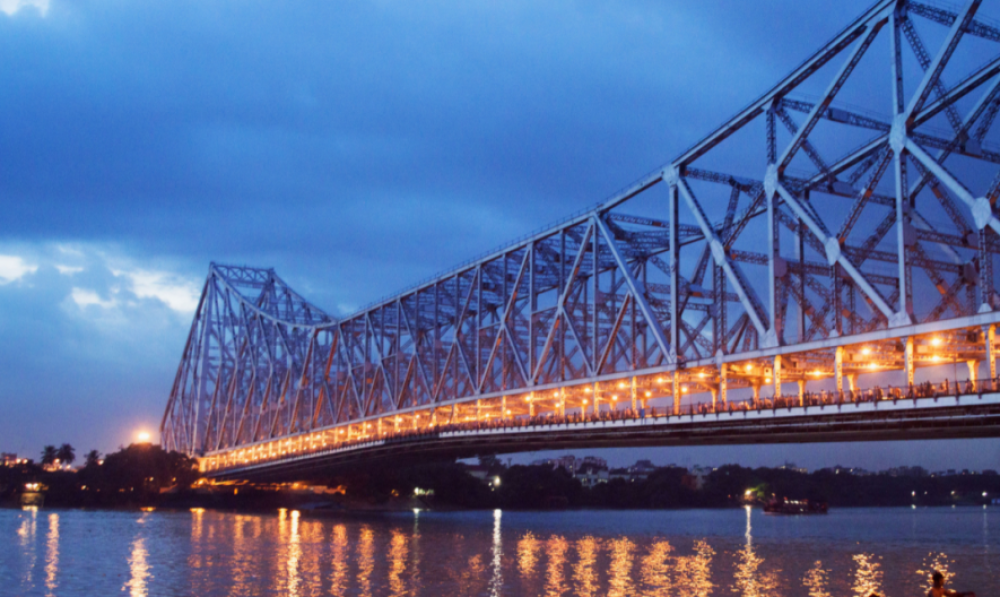

The history of tourism in West Bengal is as rich and diverse as the state itself. West Bengal, located in eastern India, is known for its cultural heritage, scenic beauty, and historic significance. The state has been attracting tourists for many decades, with tourism playing a significant role in its economy.
West Bengal's encounter with tourism dates back to the colonial times when Calcutta, now Kolkata, was the capital of British India. The city's architecture, museums, and cultural institutions were major attractions. Darjeeling, with its cool climate and tea gardens, also emerged as a popular hill station during British rule.
After India's independence in 1947, West Bengal continued to grow as a tourist destination. The state's push to preserve its cultural and historical sites helped in keeping tourism alive. The establishment of the Sunderbans National Park, a UNESCO World Heritage site, along with other wildlife sanctuaries and national parks, enhanced the state's appeal to nature and adventure enthusiasts.
Through various government initiatives and the promotion of cultural festivals like Durga Puja, tourism in West Bengal has thrived. The West Bengal Tourism Development Corporation (WBTDC) was set up to further facilitate tourist activities and improve infrastructure.
Important landmarks such as the Victoria Memorial, Indian Museum, and Howrah Bridge became emblematic of the state's heritage. Meanwhile, the hill stations of Darjeeling and Kalimpong and beaches like Digha and Mandarmani have remained popular getaways for both domestic and international tourists.
In recent years, West Bengal tourism has seen a shift toward experiential travel, with an emphasis on local experiences and sustainable practices. Travellers are now more interested in authentic Bengali culture, which includes culinary tours, handloom and craft villages, and staying in traditional homestays.
Eco-tourism is also gaining momentum, with destinations like Sunderbans and the various tea gardens of North Bengal implementing measures to ensure the conservation of their unique ecosystems while offering immersive experiences for visitors.
The state government's push for rural tourism has put the spotlight on lesser-known villages, allowing tourists to experience rural life, arts, and crafts first-hand. This has helped in the economic development of these areas as well.
Moreover, West Bengal is becoming a notable destination for film tourism, with many movies being shot across its picturesque locations.
Festivals and events continue to be major draws, with the Durga Puja festival in Kolkata particularly known for attracting tourists from across the globe. The government has introduced the concept of "Puja Parikrama" or "Pandal Hopping Tours" to cater to this surge in visitors during the festive season.
Overall, West Bengal offers a well-rounded tourist experience, blending history, culture, nature, and spirituality, and it continues to evolve with emerging tourism trends.